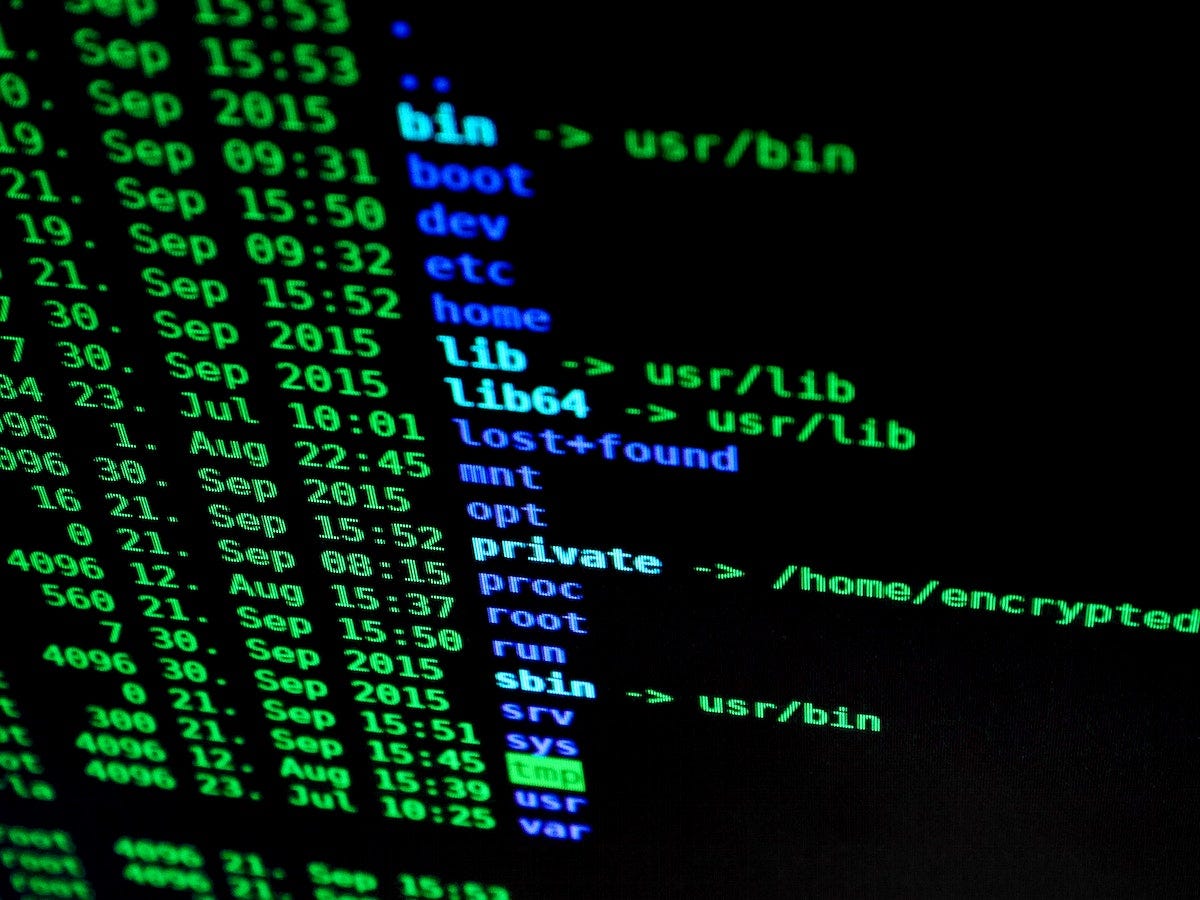Kurssi ei ole enää saatavilla, se päättyi elokuussa 2023.
Lisätietoja: ota yhteyttä seppo.virtanen@utu.fi
- Teacher
Seppo Virtanen
Kurssi ei ole enää saatavilla, se päättyi elokuussa 2023.
Lisätietoja: ota yhteyttä seppo.virtanen@utu.fi
Master's thesis seminar course, runs continuously. This instance is for Fall 2023 - Spring 2024 (end of July 2024).
Student prepare and present an analysis presentation on some previous related Master's Thesis (in the beginning of starting one's own thesis work). Students also give presentation on their own Master's Thesis when it is (close to) finished. Students participate and discuss on analysis and own thesis presentations (min 8+8). Students learn on their own field's research methods and make a research methods related exercise (written reports). Guidelines on using generative AI for course related exercises are given during the course. Seminar sessions are arranged weekly throughout the academic year, but only when there are beforehand announced presentations. Students and join the seminar any time (joining to moodle area, sendind email to resposible teacher).
This course instance runs from Fall 2024 to Spring 2025.
The goal of seminar is to support and give capabilities for one's own Master's Thesis work. After passing the seminar, the student
Common working life skills:
This course introduces students to low-power wireless communication technologies, as well as IoT system architecture and security considerations. By the end of the course, students will have gained the necessary knowledge on the building blocks of IoT system architecture, comparing relevant protocols, networking technologies, and security solutions that allow them to make correct design choices and tradeoffs based on application requirements.
This implementation is intended for degree students. Open University students have their own Moodle area.
On completion of the course, students will be able to: - explain and apply web techniques and basic concepts - how to program simple applications using JavaScript - Build client-side interfaces and components using React technology - describe and apply the HTTP protocol and REST architecture - create server-side Node.js applications and use the npm package manager - handle HTTP requests and access databases on the server side - debug full stack applications
Web programming for open university students 2024 autumn.
The Moodle area is for following course instances only:
Objectives
After completing the course, the student understands and masters:
workflow of how a processor executes a high level program; basics, fundamental principles, and caveats of designing a processor; instruction set architectures (ISA); memory sub-system design; analyzing and improving performance of a processor; writing efficient software by understanding the hardware; fundamentals of operating systems (OS); process and memory management; system calls, scheduling and resource allocation; synergy between architecture and OS.
The course strengthens the following working life skills: analytical and computational thinking, basic problem solving, system design through abstraction and indirection, information and communication technology skills.

Tavoitteet
Kurssin tavoitteena on ymmärtää komentorivin toimintaperiaate. Kurssin jälkeen opiskelija osaa suorittaa graafisesta käyttöliittymästä tuttuja toimintoja myös komentorivin avulla ja yhdistellä komentoja uudelleenkäytettäviksi komentojonoiksi, eli skripteiksi. Opiskelija tuntee komentojen rakenteen ja osaa soveltaa oppimaansa myös ennalta tuntemattomien komentojen ja ohjelmien käyttöön. Keskeisenä tavoitteena on myös oppia ottamaan etäyhteys unix-pohjaiseen palvelimeen. Opiskelija ymmärtää myös käyttöjärjestelmän käsitteen ja käyttöjärjestelmän keskeiset tehtävät.
Opintojakso vahvistaa seuraavia työelämävalmiuksia: moniammatillisuus, ongelmanratkaisutaidot ja tieto- ja viestintätekniikan taidot.

Objectives
This seminar course is meant to cover student participation in TurkuSec community meetings. After the course the participants have acquired knowledge of the latest trends and directions in the cybersecurity community in Turku.
The course enhances the following working life skills: Information and communication technology skills, Networking skills, Communication skills, Cooperation and negotiation skills
Tavoitteet
Kurssin tavoitteet ovat:
- oppia tuntemaan lääkinnällisiä laitteita koskevaa sääntelykehystä ja -vaatimuksia,
- oppia tuntemaan laatujärjestelmien ja ISO13485-standardin perusteet,
- oppia tuntemaan lääkinnällisen laitteen teknisen dokumentaation vaatimukset,
- ymmärtää eri toimijoiden roolit lääkinnällisten laitteiden alalla,
- ymmärtää lääkinnällisen laitteen riskinhallintaa ISO14971-standardia hyödyntäen.
The first lecture of the course is 25.2. 12.15 - 14.00 at the lecture hall XV, Natura Granö-sali.
The course consists of lectures, calculation exercises, and laboratories.
Basics of different sensor types and their operating principles, operational amplifiers and A/D converters. Measurement of different medically relevant signals and parameters such as electrical biosignals (ECG, EEG), blood volume, respiration, blood pressure, sound and movement.

FiTech students: please be patient. You will receive the Moodle registration instructions within a few weeks of being accepted to the course and having received the UTU credentials.
This is a basic level course for FiTech students.
The course cannot be included in degree studies at the department of computing (including BSc and MSc programmes). The course cannot be included in a degree if the degree studies already include at least one of the following courses: DTEK1068 Skills for Study and Work: Information and Cyber Security, DTEK1078 AI & Cybersecurity MOOC, DTEK0061 Digitalisation and Cyber Security, DTEK2071 Cyber Security Engineering.
Objectives
After the course the participants will have advanced knowledge of the characteristics of computer systems and applications that are critical in terms of information security. The participants will develop advanced expertise in the role of information security in computer systems and application software. Participants have advanced understanding on the vulnerabilities in networked systems and how a malicious party may try to exploit them, and how to make systems and software safe and secure by design instead of considering safety and security as added features.
The course strengthens the following working life skills: creativity, problem solving skills, project management, information and communication technology skills, networking skills, communication skills and cooperation and negotiation skills.
Security, privacy, and data protection are increasingly important for software systems and information technology in general. None of the concepts can be separated from each other. Thus, after this course, the participants will have advanced and holistic understanding of privacy and data protection on one hand and security on the other.
After the course, the students
know the basic elements of software security and privacy
are familiar with secure software engineering practices and techniques
know a broad set of software security threats and possible countermeasures
are familiar with secure programming and related tools
have a good knowledge of software vulnerabilities, their discovery and manifestations in software
have a broad understanding of GDPR, its elements, with a specific focus on software development
know the historical, philosophical and legal background of privacy and data protection
are familiar with privacy engineering and its core concepts
The course strengthens the following working life skills: creativity, multi-professionalism, problem solving skills and information and communication technology skills.


Objectives
This course presents the student with a general understanding about technology entrepreneurship. After completing the course the student will be familiar with several important skills related to acting and innovating in a technology business environment. During the course, the students gain understanding of the general process and roles involved in developing and implementing business ideas. Furthermore, the students will become acquainted with the thematic areas of matching customer needs and promising new technologies, conducting market and competitor analysis, organisational structures and projects of business entities, conducting product and process development in a technology business, basics in business finance, basics in business management, and human resource development.
Ultimately, the students will have an understanding on how modern technology-based businesses operate and strive to improve their competitiveness, and bring value to their owners, employees, customers, and the operating environment at large.
Objectives
Student understands the notions of real and complex numbers and can carry out their operations. Student understand the concept of function intuitively and knows the properties of the most usual real functions, as well as some extensions to complex numbers.
Objectives
After this course, the student can
• identify learning, project management and scheduling as skills that can be developed in the same way as the skills needed in other tasks in the field of technology
• understand product and service development as a process
• utilize various studying skills needed at university
• describe the technical tasks and job descriptions of professionals in the field
• plan their own career and describe career paths in technology generally
• analyze problems and issues in engineering work and solve problems as a team member
• identify good practices and operating methods in the field of technology
• present a project plan and project results in writing and orally.
The course introduces computing including the following topics:
Objectives
On completion of the course, the student will be able to:
• Explain the main characteristics, constraints, and components of an embedded system.
• Describe the main software and hardware challenges in low-power embedded devices.
• Use data sheets and schematics to write, debug, and optimize code that interfaces directly with hardware components in a real-time operating system.
• Develop practical lab skills required for embedded development, such as component-level debugging and advanced micro-soldering techniques.
• Understand the principles of real-time operating systems.
• Compare different hardware interfaces and communication protocols used in embedded systems.